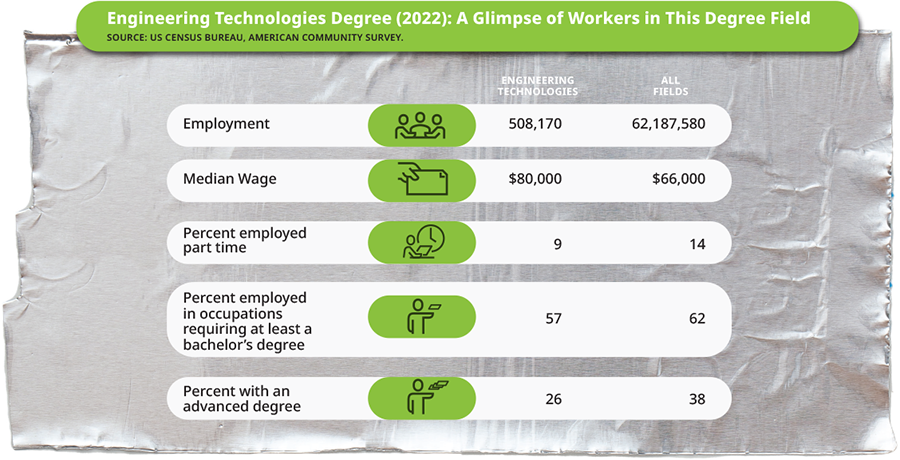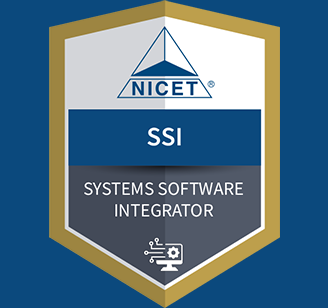November 2011
PE REPORT
Women in STEM
 Over the past 10 years, women in the fields of science, technology, engineering, and math have been underrepresented in jobs and undergraduate degrees. Women who graduate with STEM degrees are also less likely than their male counterparts to work in STEM positions, according to an issue brief from the Department of Commerce.
Over the past 10 years, women in the fields of science, technology, engineering, and math have been underrepresented in jobs and undergraduate degrees. Women who graduate with STEM degrees are also less likely than their male counterparts to work in STEM positions, according to an issue brief from the Department of Commerce.
The brief, compiled by the department's Economics and Statistics Administration, does not explain reasons for the gender differences, but rather paints a picture of the STEM workforce. ESA examined 50 occupation codes divided into four categories: computer and math, engineering and surveying, physical and life sciences, and STEM managerial occupations.
Degrees
According to the brief, there is a significant disparity in the number of men and women who graduate with STEM degrees. In 2009, there were 2.5 million working women with STEM degrees compared with 6.7 million men. The fact that there is almost an equal number of men and women with bachelor's degrees in the workforce "makes this disparity even more alarming," the brief says.
When comparing the types of STEM degrees selected by men and women, the brief shows that nearly half of men chose engineering while 57% of women selected physical and life sciences. There is much less of a difference in math degrees (6% men and 10% women) and computer degrees (15% men and 14% women).
Jobs
In the work world, about 40% of men with STEM college degrees (2.7 million) work in STEM jobs, while only 26% of women with STEM degrees end up in STEM jobs.
Female representation in STEM fields from 2000 to 2009 was unchanged at 24%, but their representation varied within specific fields. In engineering, the percentage of women increased to 14% from 13%, and over the course of nine years, the number of women engineers increased by 12,000, while the number of men engineers decreased by 106,000. Women also showed slight gains in physical and life sciences and as STEM managers.
Pay
ESA's issue brief revealed that STEM workers earned more than non-STEM workers, and women STEM workers earned 33% more than women who work in non-STEM jobs in the private sector. Women in STEM jobs earned considerably less than men, however, even when factors such as education and age were considered.


 Volunteering at NSPE is a great opportunity to grow your professional network and connect with other leaders in the field.
Volunteering at NSPE is a great opportunity to grow your professional network and connect with other leaders in the field. The National Society of Professional Engineers (NSPE) encourages you to explore the resources to cast your vote on election day:
The National Society of Professional Engineers (NSPE) encourages you to explore the resources to cast your vote on election day:










